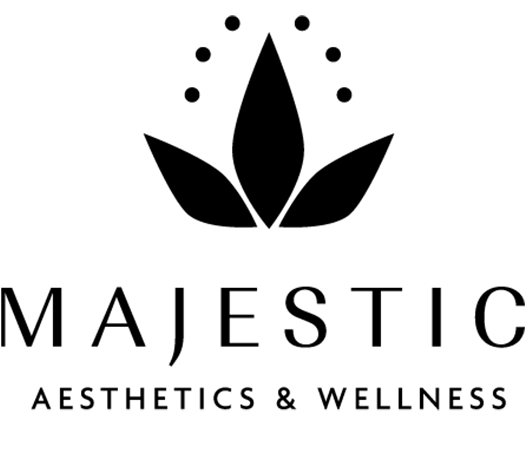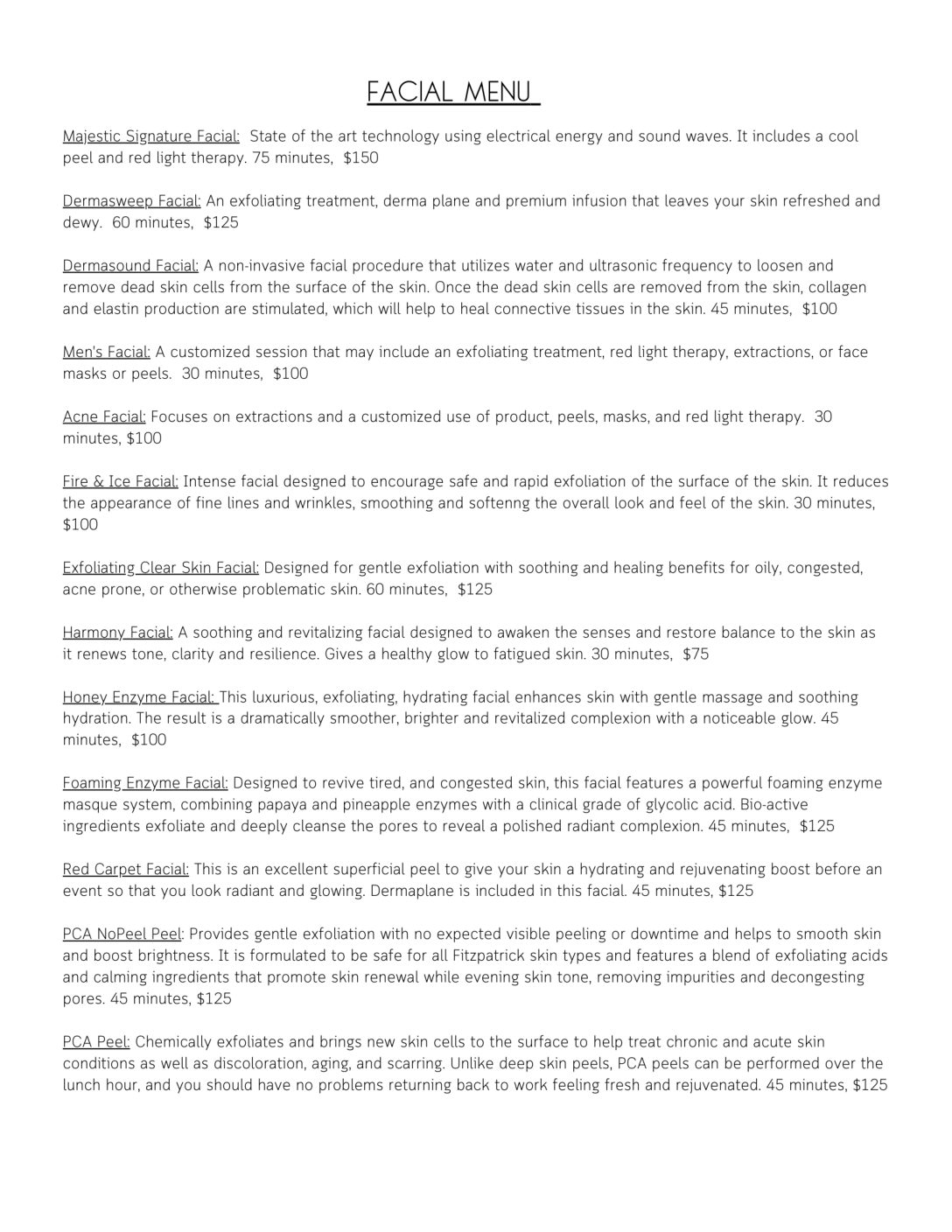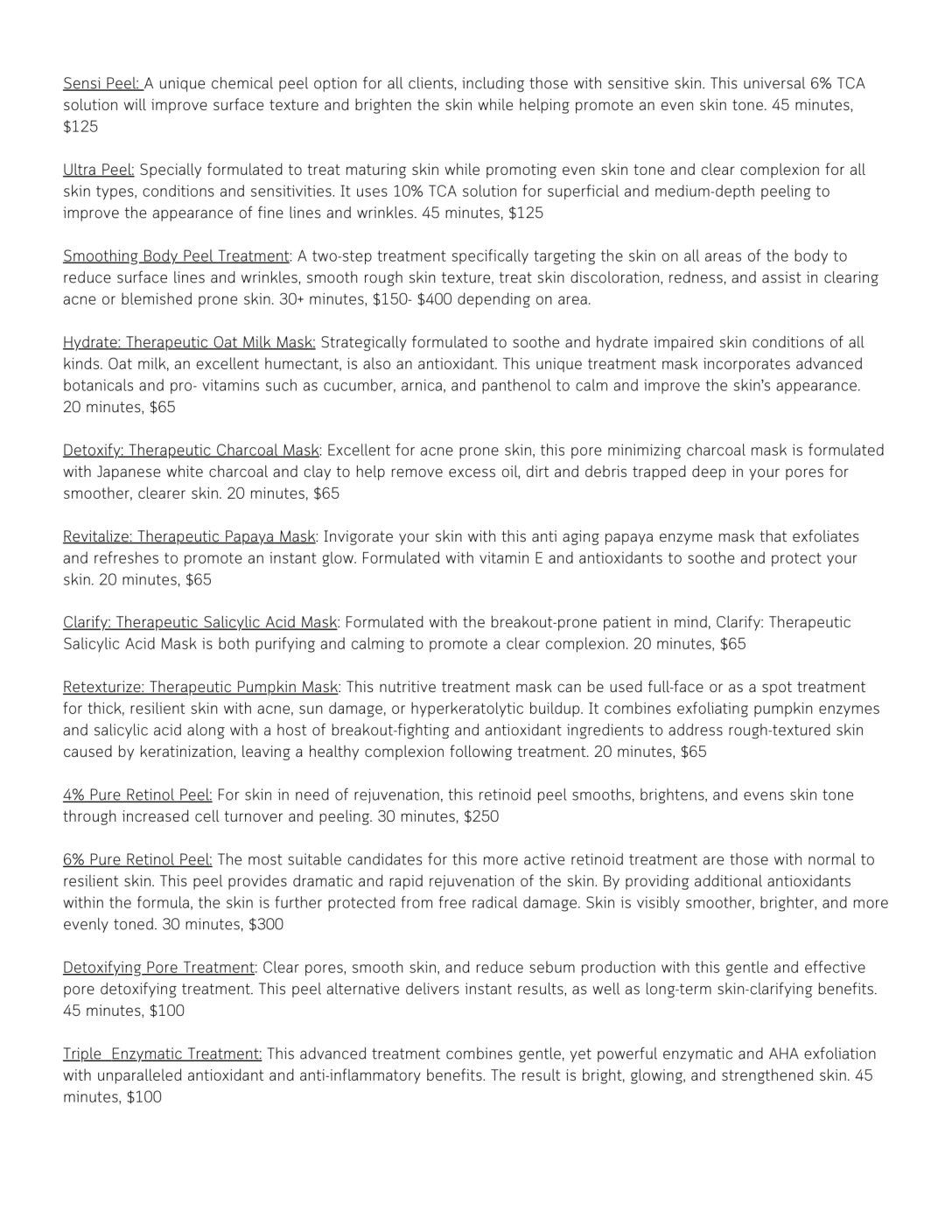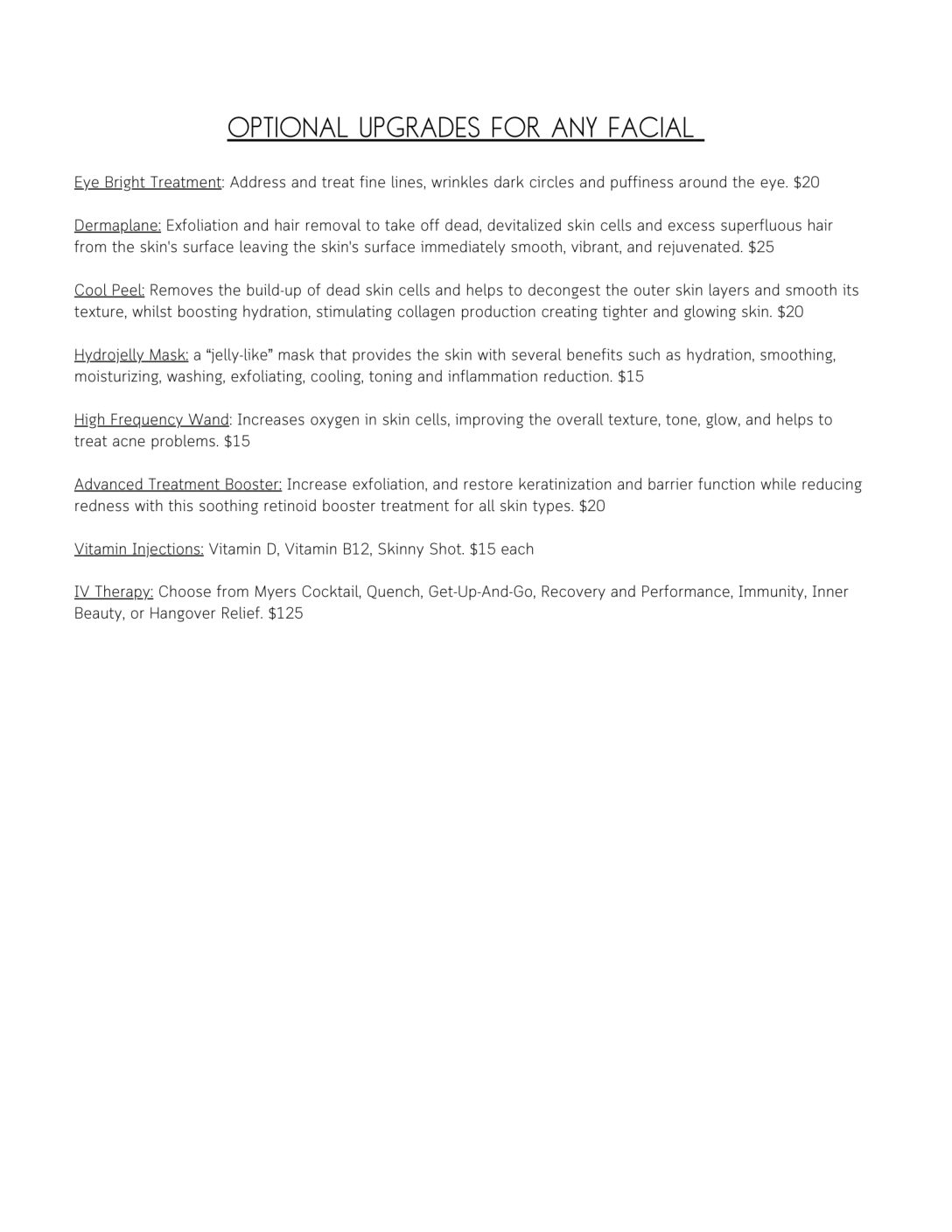I hope this little article will help you to understand more about vitamin C, which has gained in popularity but has not achieved its real place in skin care because of various controversies about it. First of all, vitamin C, (ascorbic acid), is inexpensive and easy to obtain but unfortunately, it is unstable and does not last long. On the other hand, stable versions of Vitamin C are expensive and are usually trashed by companies selling ascorbic acid products. So where do you stand? Are you using an active product or are you using a degraded cheap product or maybe an ineffective but expensive one? We need to understand what form of Vitamin C we can get, when the various forms are indicated and how best to use them.
First of all let’s deal with the myths about natural ascorbic acid. Ascorbic acid is one of the most important vitamins in our lives. The exact chemical configuration of natural vitamin C is described as l-ascorbic acid. That means that if polarized light is passed through ascorbic acid crystals, then the light is twisted to the left. When we synthesize vitamin C then d-ascorbic acid is created and as you have probably guessed, it is labelled “d-” because it twists light to the right. In fact synthetic ascorbic acid comprises both d- and l- forms and they can be separated – of course this adds some expense, but not much. It just so happens that virtually all “natural” ascorbic acid that is used in the manufacture of cosmetics is synthesized, but it has been “purified” and made natural by excluding the d-ascorbic acid. Although this ascorbic acid is synthesized, it is true “natural” vitamin C.
Ascorbic acid is commercially available as a dry powder (technically called dehydro- ascorbic acid), which is relatively stable and is white in colour. When ascorbic acid powder is exposed to light and air, it slowly decomposes to oxidized ascorbic acid. When ascorbic acid crystals are mixed in water, the solution, as its name implies, has an acidic pH. Under natural conditions the pH can easily be 2 or lower, depending on the concentration. Obviously the greater the saturation, the lower the pH. And the lower the pH, the more stable the ascorbic acid solution. However, it is much less stable than dry powdered ascorbic acid and rapidly decomposes to its oxidized form. I have found that under the best laboratory conditions, ascorbic acid gels even with so-called “stabilizers”, only last at it’s intended concentration for a maximum of three weeks. Therefore, a solution of ascorbic acid, even in a gel, has a limited shelf life and once the solution has been made up, it should be used within three weeks to get the optimum levels of vitamin C. It is easy to see when ascorbic acid has become oxidized: it becomes a yellowish brown in colour. When the solution starts to turn a pale yellow, then one already has less than the original concentration of vitamin C. Many manufacturers claim to have, say 10% ascorbic acid in their product and because ascorbic acid is so unstable they must “overage” the product and add say 25% more, which means that they have 12.5% ascorbic acid in the final product immediately after manufacture. The light yellow colour develops within a few days and by then the concentration may have dropped to 10%. By four weeks, it is likely that the concentration has dropped to about 5%, which is only half of the concentration that was intended. By three months, you can forget about achieving any enhanced vitamin C effects. So in other words, check the date of expiry on your ascorbic acid products. Also check the list of ingredients. I cannot understand why any manufacturer of ascorbic acid products would want to include a yellow brown or any other colour into their product. There is no aesthetic reason, neither is there a functional physiological reason. I leave you to decide what the motives could be. Therefore, check with your supplier and find out if the ascorbic acid product they sell you has any colourant in it. If it does, then ask why and make sure that you get a detailed answer, because you don’t want to sell degraded products to your treasured patients. Their results make your reputation.
You need the freshest product that you can get, and it has to be the freshest possible by the time your patient uses it. Under ideal conditions, the patient should use up the ascorbic acid product before three weeks have passed after its manufacture. That sounds impossible but some very clever and ethical companies have arranged that the ascorbic acid products are sold unmixed to their patients. They have made special bottles that separate the fluid from the ascorbic acid crystals. The crystals are kept stable by packing them with nitrogen instead of air. When the patient presses a plunger, the powder falls into the solution and after shaking, the final solution is made which ensures the freshest possible vitamin C. However, it does not ensure that the concentration is as strong as it should be. You really need a concentration of ascorbic acid at a minimum of 10% or more, to get the real benefits of ascorbic acid. I don’t think that you have to worry about the pH because the manufacturer is bound to make sure that the pH will be about 2. At this pH of 2, it will ensure the best penetration of the ascorbic acid through the horny layer into the skin. The pH is naturally low because ascorbic acid acts like an Alpha Hydroxy Acid and softens the glue between the cells of the horny layer and increases the penetration of vitamin C into the deeper layers of the skin. That, however, does not ensure the best penetration into the cell. Vitamin C passes with difficulty into the cell wall because it is a water-soluble molecule. When it is oxidized, it can be taken into the cell itself masquerading as glucose, and can be converted into active vitamin C by glutathione and alpha lipoic acid. That, of course, uses up essential components of the antioxidant brigade and can weaken the total antioxidant protection mechanism.
There is another way to get the ascorbic acid into the cell itself: combine it with another molecule that is selectively taken into the cell. An example of this form of vitamin C is magnesium (or sodium) ascorbyl phosphate, which is also water-soluble but is taken up into cells much more effectively. Inside the cells, the vitamin C compound is easily converted to ascorbic acid and phosphate, (magnesium or sodium).
These solutions are also more stable than conventional ascorbic acid and can last up to 200 days before there is any appreciable loss of activity. Lower concentrations (compared to ascorbic acid) are required to get the same amount of ascorbic acid into the cell itself. I have used both ascorbic acid and these stabilized salts of vitamin C. They are both useful and have similar results, but have a different patient profile. People with sensitive skins cannot use ascorbic acid and so I use magnesium ascorbyl phosphate products for them. People with pigmentation problems should avoid any product that peels the skin significantly. Ascorbic acid has an exfoliant property so I generally recommend that patients with melasma or other pigmentation problems should rather use the more neutral salt of ascorbic acid. Both ascorbic acid and its salts are suitable for iontophoresis and generally they can both be used for salon treatments for pigmentation. Your patient will tell you if the ascorbic acid stings too much and in that case use magnesium ascorbyl phosphate.
I am pleased to tell you that wonderful strides have been made in vitamin C variants for cosmetics. The latest, which I believe will set the standards for vitamin C treatments, is ascorbyl tetra-isopalmitate, which is fat soluble and extremely stable. That means that there are four molecules of palmitic acid attached to the ascorbic acid molecule. The palmitic acid molecule is about the same weight as the ascorbic acid molecule so you can see that vitamin C forms only about a quarter of this large molecule. However, with only a tiny amount of vitamin C, this fat soluble form passes easily through the horny layer and enters the cell wall with great ease and you can get up to ten times more active vitamin C into the cell itself. As a result, there is more effective control of melanin formation, greater collagen deposition and more efficient antioxidant protection. My experience with this wonderful molecule makes me believe that we have entered a new era in vitamin C treatments for the skin.
However, bear in mind that this vitamin C is fat soluble so it cannot be used for
iontophoresis or sonophoresis. Combined with vitamin A, I have seen rapid smoothening, without any irritation, and lightening of the skin. Of course if it is also combined with a wide antioxidant brigade and effective UV-A protection, then pigmented marks seem to melt away. Very few companies have used this new ingredient, which is not to be confused with ascorbyl palmitate, which has been used in low doses by many companies. Ascorbyl palmitate has the advantage that it is fat soluble, but unfortunately, it is difficult to include in cosmetic formulations in high doses. For high doses, alcohol has to be employed and that limits the use. The fact remains that not nearly as much vitamin C is achieved inside the cell as with the tetra-isopalmitate. However, don’t avoid ascorbyl palmitate. It’s good, but not as good as the current star ascorbyl tetra-isopalmitate.
In summary, I’d like to show you briefly how I use the various forms of vitamin C
- Ascorbic acid – as fresh as possible and discard anything that is older than a month after production. I use this at 10 to 20% on people with tough, rough and wrinkled skin. I avoid using this on people prone to acne because the exfoliation can aggravate the acne. I have used this for home vitamin C peels with great success. Good for iontophoresis but the pH needs adaptation. Can be used for sonophoresis
- Magnesium (sodium) ascorbyl phosphate – as fresh as possible and discard anything that is older than six to seven months after production. I use this on normal, sensitive, or pigmented problem skin and you should use it at a minimum of 3% concentrations. Can be used on acne but may initially aggravate the acne. Good for iontophoresis and
- Ascorbyl palmitate –Good stability so you don’t have to specially check the production date. Can be used on delicate skins and acne. I have never seen good changes at the conventional doses and cannot make a suitable cosmetic at higher doses. Not suitable for iontophoresis and
- Ascorbyl tetra-isopalmitate – excellent stability but for the best results the product should not be older than 18 months after production. Gives the best levels of vitamin C inside the cells and can be used on delicate skins at high doses. I use it in preference to any other forms for pigmentation, wrinkles and even
I hope that you have not found this chemical lesson too difficult. It really is worthwhile getting to understand this chemistry and then be able to read through the advertising blurb and work out what is really best for your patient.






